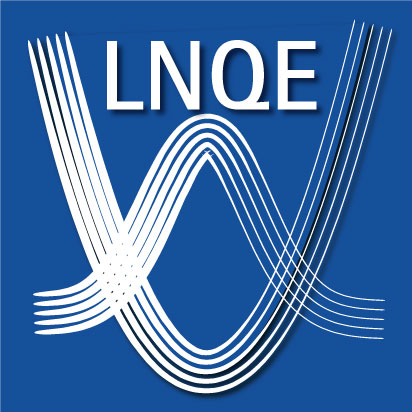Most recently the formation of boron monoxide (BO) in the two-dimensional (2D) form has been confirmed experimentally (J. Am. Chem. Soc. 2023, 145, 14660). Motivated by the aforementioned finding, herein we theoretically explore the key physical properties of the single-layer and suspended BO. Density functional theory (DFT) results reveal that BO monolayer yields a large indirect band gap of 3.78 (2.18) eV on the basis of HSE06(PBE) functional. Ab-initio molecular dynamics results reveal the remarkable thermal stability of the BO monolayer at 1000 K. The thermal and mechanical properties at room temperature are furthermore investigated using a machine learning interatomic potential (MLIP). The developed MLIP-based model close to the ground state could very precisely reproduce the DFT predictions for the mechanical properties of the BO monolayer. The elastic modulus, tensile strength and lattice thermal conductivity of the BO monolayer at room temperature are predicted to be 107 GPa, 25 GPa and 5.6 ± 0.5 W/mK, respectively. At the room temperature the BO monolayer is noticeably predicted to yield an ultrahigh negative thermal expansion coefficient, by almost 17 folds larger than that of the single-layer graphene. The presented results reveal the large indirect electronic band gap, decent thermal and dynamical stability, anomalously low elastic modulus to tensile strength ratio, ultrahigh negative thermal expansion coefficients and low lattice thermal conductivity of the BO monolayer.
Original articel:
B. Mortazavi, F. Shojaei, F. Ding, X. Zhuang: Anomalous tensile strength and thermal expansion, and low thermal conductivity in wide band gap boron monoxide monolayer, FlatChem 42 (2023) 100575
DOI: 10.1016/j.flatc.2023.100575











